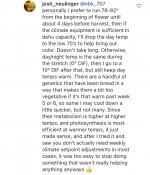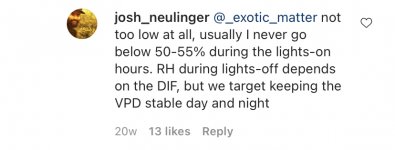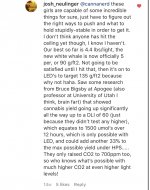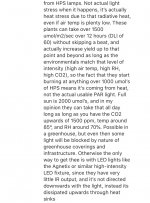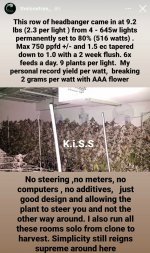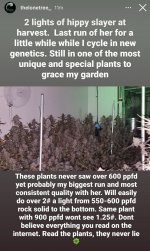[Maschinenhaus]
Active member
i, for one, would really like to see the build of a state-of-the-art, complete spectrum, 1500 watt light designed for a 5x5
That's 1520mm edge length and the equivalent of 2.31 square meters?
As I said, they are already available in the professional sector or commercial cultivation, but you need climate control and sensors with so much LED power, and probably also CO² if you want to push the limits.
The spectrum looks like this, you can change it via app or PC as you like. UV and IR are also switchable, then the lamp costs even more. Built in the original are probably Seoul Semiconductor SMD in the range of 6,500 Kelvin and Osram and Nichia extensions?
But no one knows exactly because they protect it from nosy Chinese.
Next Level
Their PPF (Photosynthetic Photon Flux) value is up to 31.2μmol/s per COB and 1.7μmol/s per LED. At the same time, they emit a pleasant neutral white light with 4,000K and a CRI of over 97. It supports easy checking of plant health, is easy on the eyes and promotes a sense of well-being. The additional UV component of the LEDs stimulates the formation of active substances in medicinal plants as well as aroma and pigmentation.

Last edited:

